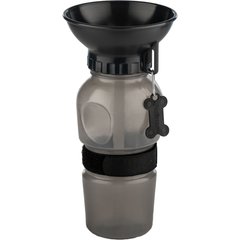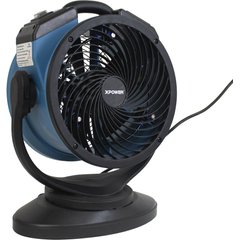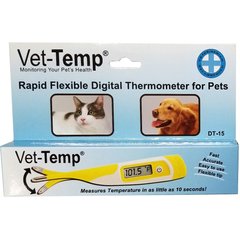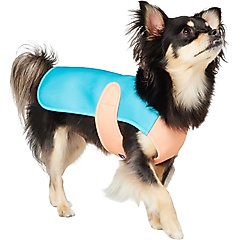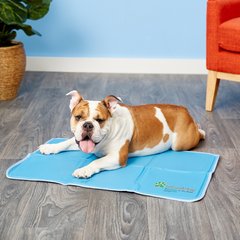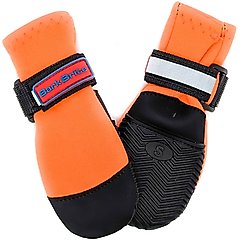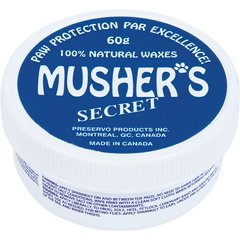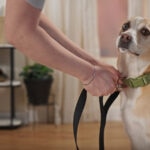9 Signs of Overheating in Dogs and How To Cool Them Down
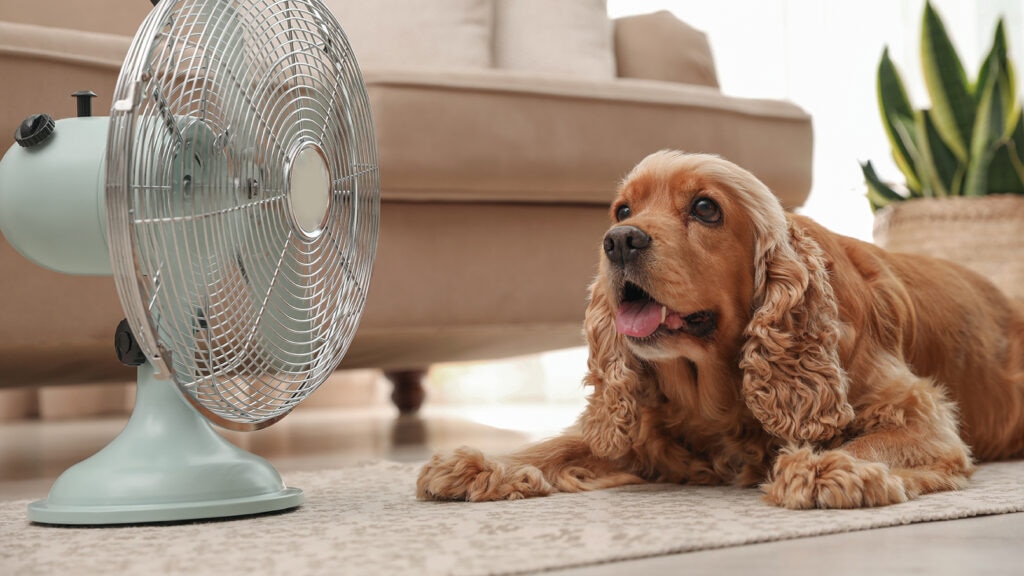
Photo by Liudmila Chernetska/iStock/Getty Images Plus
When the weather heats up, dogs can’t just shed layers or crank up the AC like we do. Instead, they rely mostly on panting and a little bit of sweating through their paw pads and noses. But on hot, humid days, that might not be enough, and overheating becomes a serious risk.
We spoke to two veterinarians to learn the key signs of overheating in dogs, what to do if your dog gets too hot, and how to keep them safe and comfortable when temperatures rise.
Key Takeaways
- Dogs can quickly overheat on hot or humid days. Watch for early signs like heavy panting, drooling, and red gums.
- Flat-faced breeds, puppies, senior dogs, and those with thick coats are especially sensitive to heat.
- If your dog gets too warm, move them to a cool spot, offer cool water, apply damp towels, and call your vet if symptoms are serious.
- Keep pups safe by avoiding peak heat hours, offering plenty of water and shade, and never leaving them in a parked car.
What Are the Signs of Overheating in Dogs?
Recognizing the early signs that your dog is overheating is crucial to avoid serious issues, such as heat exhaustion or heatstroke.
Some of the most common signs of overheating in dogs include:
- Excessive panting or rapid breathing
- Drooling more than usual
- Bright red gums or tongue
- Increased heart rate
- Lethargy or weakness
- Stumbling or uncoordinated movements
- Vomiting or diarrhea
- Collapse or unresponsiveness (in severe cases)
“If overheating progresses and body temperatures reach over 106 F, the dog’s mucous membrane color may fade to pale pink or purple and gray,” adds Rachel Cocchiaro, DVM, veterinarian and partner at Bahama Road Veterinary Hospital, in Bahama, North Carolina.
At this point, Dr. Cocchiaro says veterinary care is essential to their recovery.
What Causes Overheating in Dogs?
“Overheating, or heatstroke, occurs when a dog’s body temperature rises above a safe range (typically over 103 F),” says Ignacio Casali, DVM, emergency veterinarian at VEG ER for Pets, in Fort Lauderdale, Florida.
So, what can cause a dog’s temperature to go that high? Here are the most common causes of overheating in dogs:
- High outdoor temperatures: Dogs can easily overheat on hot days, especially without access to shade or fresh water.
- High humidity days: Dr. Casali notes that even on cooler days, dogs can still overheat if the humidity is high, as high humidity can shut down a dog’s natural cooling mechanism.
- Strenuous exercise: Running, playing, or hiking in the heat can raise a dog’s body temperature dangerously fast, especially in hot weather, Dr. Cocchiaro says.
- Poor ventilation: Being in enclosed spaces, such as cars, garages, or poorly ventilated rooms, can lead to overheating, even on days that don’t feel excessively hot.
- Lack of water: Without enough hydration, dogs have a harder time regulating their body temperature.
- Hot pavement or surfaces: Walking on hot asphalt or sand can raise body temperature and burn paw pads.
- Muzzles or restrictive gear: Muzzles can limit a dog’s ability to pant, which is their primary cooling method.
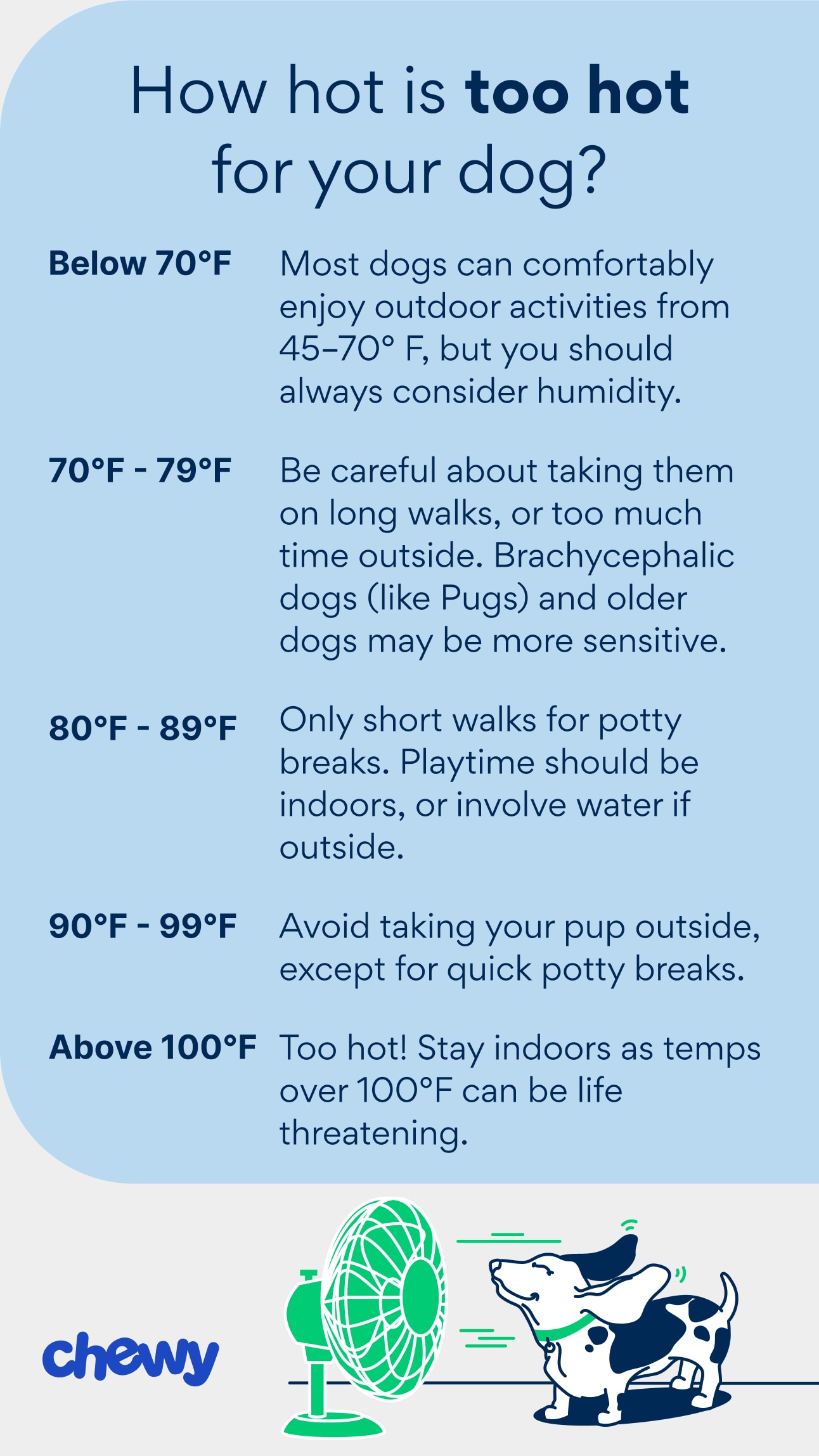
Photo by Chewy
Which Dogs Are More Prone to Overheating?
While any dog can overheat under the right conditions, some are more vulnerable than others due to their physical traits or health status.
Dogs who are especially prone to overheating include:
- Brachycephalic breeds: Flat-faced dogs, such as French Bulldogs, English Bulldogs, Pugs, and Boxers, have short noses and compact airways, which makes it harder for them to cool themselves down through panting, Dr. Casali says.
- Overweight or obese dogs: Extra body fat can trap heat and put added strain on the heart and lungs, increasing the risk of overheating, Dr. Casali explains.
- Puppies: Young dogs might not be fully able to regulate their body temperature and can overheat more quickly, Dr. Cocchiaro says.
- Senior dogs: Older dogs can have less efficient temperature regulation and might also be dealing with underlying health conditions that make them more susceptible, Dr. Casali notes.
- Dogs with certain medical conditions: Heart disease, respiratory disorders, or laryngeal paralysis can all make it harder for a dog to stay cool.
- Dogs with thick or double coats: Breeds such as Huskies, Alaskan Malamutes, and Chow Chows are built for colder climates and can struggle in the heat, Dr. Casali says.
- Larger dogs: Big dogs have more surface area to cool off, which makes them more prone to overheating. Smaller dogs can cool themselves more efficiently.
How To Cool Down an Overheated Dog
If you suspect your dog is getting too hot, act quickly. Here’s a step-by-step guide to help lower their body temperature safely and effectively.
1. Move Your Dog to a Cooler Area
According to Dr. Casali, the first step is immediately getting your overheated dog out of direct sunlight and into a shaded area—or better yet, indoors with air conditioning.
2. Offer Cool (Not Cold) Water
Next, encourage your dog to drink small amounts of cool water to help them hydrate and reduce their temperature. Don’t force it, and avoid ice-cold water, which can cause shock, Dr. Casali says.
Collapsible travel bowls, such as the Frisco Silicone Collapsible Travel Bowl, or portable dog water bottles, such as the Highwave AutoDogMug, make it easy to offer water on the go.
Recommended Products
3. Apply Cool Towels to Their Body
Dr. Casali suggests applying cool, damp towels to your dog’s neck, armpits, and groin.
Recommended Product
You can also gently pour or spray cool (not cold) water on your dog’s belly, paws, and armpits.
4. Use a Fan or Air Circulation
Point a fan toward your dog to help the water evaporate from their fur, speeding up the cooling process, Dr. Casali recommends.
Recommended Product
When Should I Take My Dog to the Vet?
“Heatstroke is a life-threatening emergency,” Dr. Casali says. “If your dog shows any of the following signs, seek veterinary help immediately.”
- Excessive panting or drooling
- Bright red or pale gums
- Vomiting or diarrhea (especially with blood)
- Lethargy, confusion, or weakness
- Collapse or seizures
- Body temperature over 105 F (determined with a thermometer, like the Vet-Temp Thermometer)
Recommended Product
Even if your dog seems to recover after cooling down, it’s still a good idea to check in with your vet. Heat-related illness can cause internal damage that might not be obvious right away.
How Can I Prevent My Dog From Overheating?
Prevention is the best way to protect your pup from the dangers of heat.
Here are practical tips for keeping your dog cool and safe when the weather heats up:
- Know your dog’s tolerance for heat. Dr. Cocchiaro says the key to reducing a dog’s risk of overheating is understanding your individual dog’s heat tolerance. Factors that play a role include their breed and physical build, body condition, age, fitness level, type of coat, and the environment they’re accustomed to, she explains.
- Limit outdoor time during peak heat. Avoid walks or outdoor play during the hottest parts of the day, typically late afternoon (3–6 p.m.). Opt for early mornings or evenings instead.
- Provide plenty of fresh, cool water. Always have clean water available, both at home and when you’re venturing out. Dog water bottles and collapsible travel bowls make hydration easy when you’re on the go.
- Offer access to shade. If your dog is spending time outside, make sure they have a shaded area to retreat to. Portable shade tents, like the K&H Pet Products Canopy Add-On (designed to fit this cot), can provide sun protection wherever you are.
Recommended Products
- Use a dog cooling vest. If your dog overheats easily, a dog cooling vest, such as the Frisco Summer UPF 45 Cooling Dog Vest, can help keep them more comfortable during outdoor activities by reflecting heat and retaining moisture.
Recommended Product
- Let your dog rest on a cooling mat. If you’re spending time outdoors in warm weather with your pup, like at a summer BBQ, bring along a cooling mat, such as The Green Pet Shop Cool Pet Pad, for your dog to rest on.
Recommended Product
- Protect their paws from hot surfaces. Asphalt and sand can get scorching and cause burns. Dog shoes, such as Bark Brite All Weather Dog Boots, help protect sensitive paw pads and reduce heat absorption through their feet. You can also try applying a dog wax to their paws, like Musher’s Secret.
Recommended Products
- Never leave your dog in a parked car. The temperature inside a vehicle can rise 20 degrees in as little as 10 minutes and 50 degrees in an hour, even when outside air temperatures are in the 70s. Temperatures in a vehicle can reach 120 F in minutes and approach 150 F in as little as an hour. “Cracking the windows” provides little (if any) relief.
- Keep your dog indoors during extreme heat. When the weather is especially hot or humid, it’s safest to keep your dog inside with fans or air conditioning. Save outdoor activities for cooler days and head outside only briefly for bathroom breaks.
FAQs About Dog Overheating
Q: How long does it take for a dog to overheat?
A: How quickly a dog overheats depends on factors such as their breed, age, health, and environment. In a poorly ventilated space, such as a car on a warm day, overheating can occur in as little as 30 minutes, with death possible within an hour.
Q: Can dogs recover from overheating on their own?
A: Mild cases might improve with rest, shade, and hydration. If symptoms persist or worsen, it’s critical to seek veterinary care. Severe overheating can lead to organ damage or heatstroke.
Q: What temperature is too hot for dogs?
A: When temperatures hit 80–90 F, avoid leaving your dog outside for long stretches. Stick to short, leashed walks just for bathroom breaks. And keep in mind, depending on your dog’s breed, age, and health, overheating can happen at even lower temps.
Q: Can I pour cool water on my dog to cool them down?
A: Yes, pouring or spraying cool (not cold) water on your dog’s belly, paws, and armpits can help lower their body temperature. Avoid using ice water, which can cause shock.
Q: Do fans help cool dogs down?
A: Yes, fans can help by increasing air circulation and speeding up evaporation, especially if your dog is damp from water or misting.
